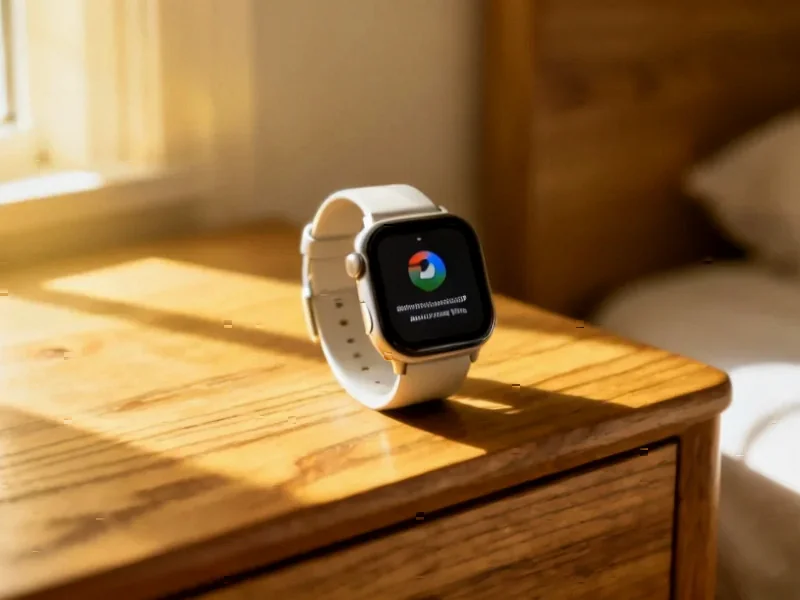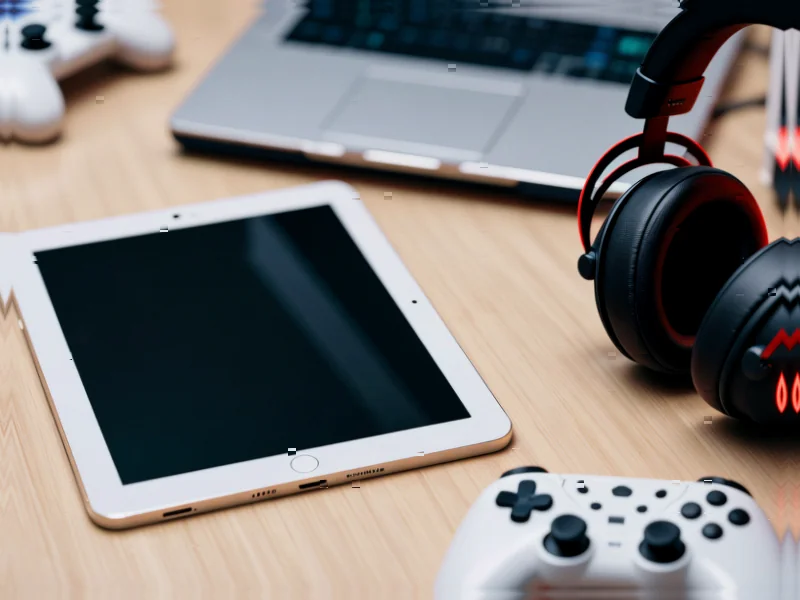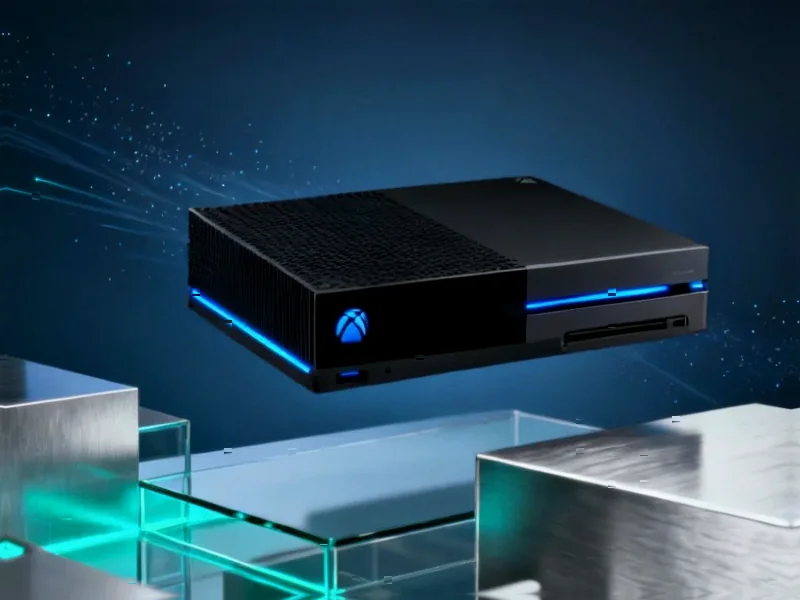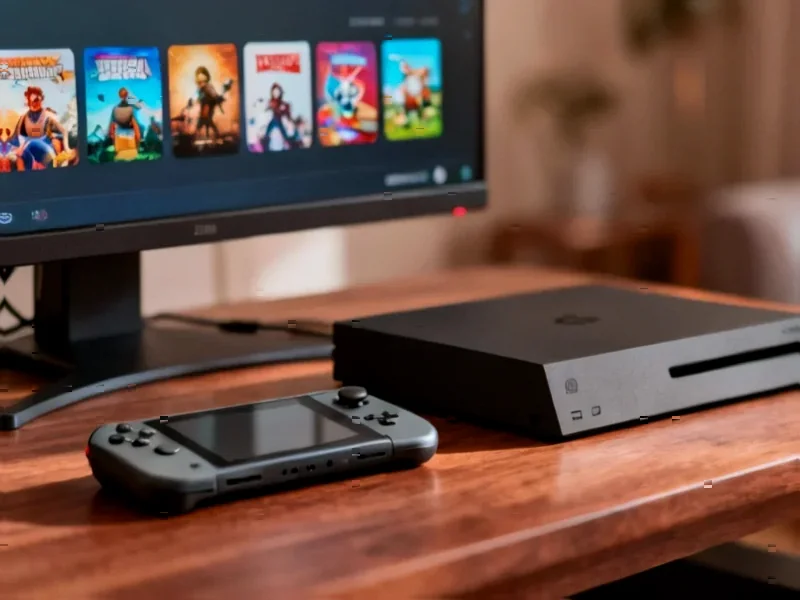According to SamMobile, Samsung has launched the 2025 Odyssey Cup Counter-Strike 2 championship across Southeast Asia and Oceania, featuring national qualifiers running from November 7 to November 30 across eight participating countries. The tournament will culminate in a grand finale held in Kuala Lumpur, Malaysia from December 12-14, with Red Bull returning as a key partner for the second consecutive year. The competition will showcase Samsung’s Odyssey OLED G60SF gaming monitor, which boasts a 500Hz refresh rate and originally launched in the USA earlier this year at $999. This hardware partnership represents a strategic alignment between cutting-edge display technology and one of the world’s most popular esports titles.
The Display Technology Arms Race Intensifies
The deployment of 500Hz monitors in professional tournaments marks a significant escalation in the display technology arms race that has been building for years. While 240Hz became the competitive standard and 360Hz represented a notable improvement, 500Hz crosses into territory where the human visual system’s limitations become genuinely relevant. At this refresh rate, we’re looking at a new frame every 2 milliseconds – faster than the average human visual reaction time of 200-250 milliseconds. What makes this particularly strategic for Counter-Strike 2 is that the game’s engine can actually benefit from these extreme refresh rates, unlike many other titles that struggle to maintain consistent frame rates above 360 FPS.
Southeast Asia’s Emerging Esports Economy
Samsung’s focus on Southeast Asia and Oceania for this tournament reflects a calculated regional strategy rather than a global blanket approach. According to the company’s regional announcement, this market represents one of the fastest-growing esports ecosystems globally, with particular strength in tactical shooters. The Malaysian finale location is strategic – the country has invested heavily in esports infrastructure and has become a regional hub for international competitions. For Samsung, this represents an opportunity to capture market share in regions where gaming monitor adoption is still accelerating, unlike more saturated markets like North America and Europe.
The Professional Validation Cycle
There’s a crucial hardware validation cycle at play here that benefits both Samsung and the competitive scene. When professional players use 500Hz monitors in high-stakes tournaments, it creates immediate demand among aspiring competitive players and enthusiasts who want to replicate the pro experience. This trickle-down effect has driven monitor sales for years, but the 500Hz barrier represents a new premium tier. The psychological impact of “if the pros use it, I need it” cannot be overstated in gaming hardware marketing. However, this also creates pressure on game developers to ensure their titles can actually leverage these technological advancements without introducing new technical issues or competitive imbalances.
The Accessibility Challenge in High-End Esports
While exciting for the competitive scene, the 500Hz monitor push highlights a growing accessibility divide in esports. At the current $999 price point (even with occasional discounts), this hardware remains out of reach for many aspiring competitors in developing regions. This creates a potential barrier to entry where players with superior financial resources gain hardware advantages that can translate to competitive edges. Tournament standardization helps level the playing field during official competitions, but the practice environment disparity remains a concern. As display technology continues advancing at this pace, we may see emerging discussions about technological fairness in competitive gaming similar to debates around performance-enhancing equipment in traditional sports.
Future Implications for Gaming Hardware
This tournament represents more than just another esports sponsorship – it’s a statement about where display technology is heading and how hardware manufacturers see their role in shaping competitive gaming. The 500Hz milestone suggests we’re approaching the practical limits of refresh rate improvements for human perception, which may push innovation in other directions like improved motion clarity, reduced input latency, and better color accuracy at high refresh rates. For the broader gaming industry, successful implementation at this elite level validates continued investment in display technology that will eventually trickle down to mainstream gaming monitors, benefiting all gamers in the long run.




